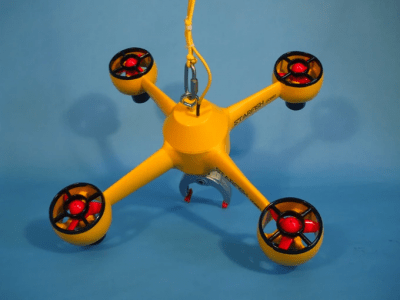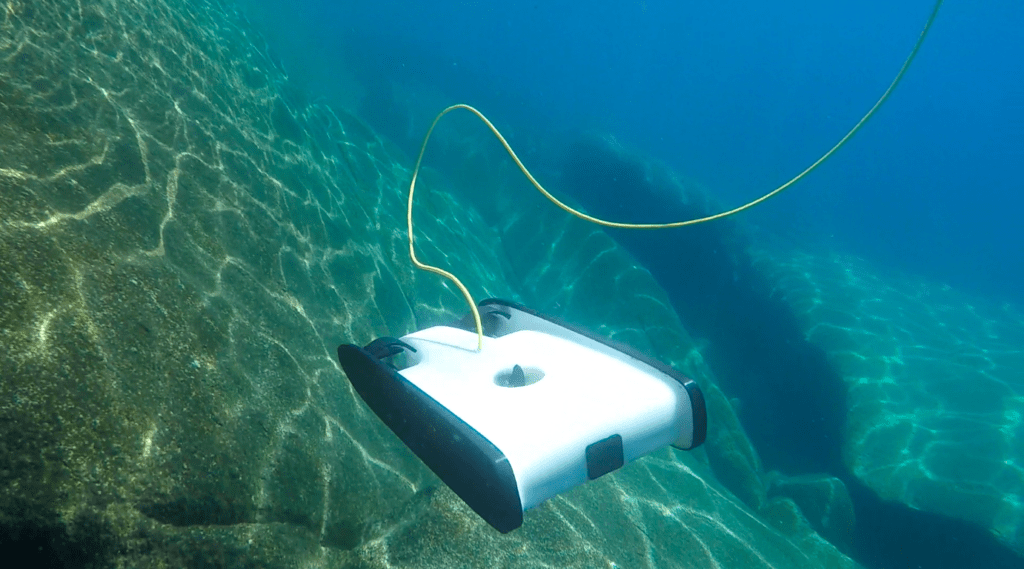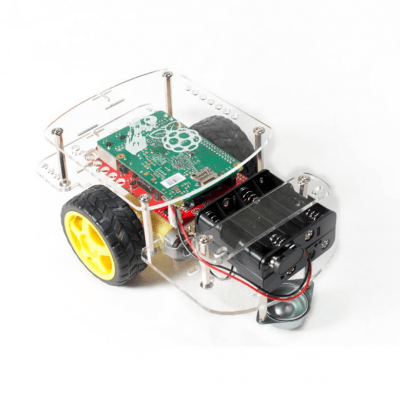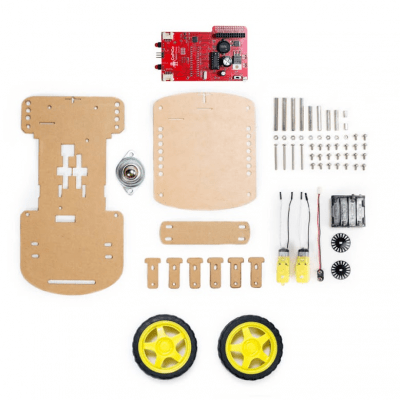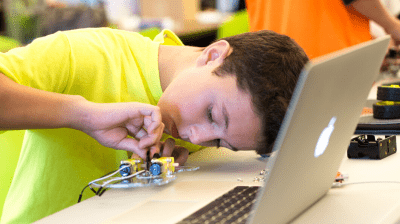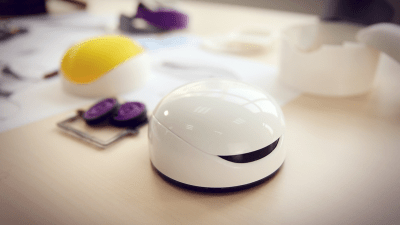San Francisco, 21. September 2015 – Robo Wunderkind, ein programmierbarer Roboter-Baukasten für Kinder aller Altersgruppen, startet heute seine Kampagne auf Kickstarter. Die ersten Unterstützer erhalten ein Starterpaket für nur $79 (ca. €69).
Kindern bietet Robo Wunderkind völlig neue Möglichkeiten, die Grundkenntnisse des Programmierens mit Hilfe von Robotern einfach und spielerisch zu erlernen.
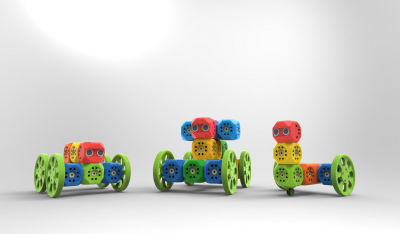
Ein Robo-Wunderkind-Set besteht aus mehreren Würfeln, aus denen sich verschiedene Roboter bauen lassen. Die Außenseite der Würfel ist kinderfreundlich und schützt die elektronischen Komponenten im Inneren, die aus den Bausteinen programmierbare Elemente machen. Die Würfel lassen sich einfach miteinander kombinieren – bereits fünf Jahre alte Kinder können so ihre eigenen Roboter konstruieren. Doch damit nicht genug: Mit einer einfach zu bedienenden App können sie dann den Roboter spielerisch programmieren. Modular, farbenfroh und mit LegoTM-Steinen kombinierbar: Robo Wunderkind ist ein Spielzeug, das Kindern eine neue Tür in die Welt der Technologie öffnet.
Den Link zur Kickstarter-Kampagne finden Sie auf http://kickstarter.startrobo.com.
Rustem Akishbekov, der Gründer und CEO von Robo Wunderkind, hatte die Idee, einen kinderfreundlichen und programmierbaren Roboter zu entwickeln, als er versuchte, seinen Freunden die Grundlagen der Robotik und des Programmierens beizubringen. Dabei realisierte er, wie kompliziert die ersten Schritte für Neueinsteiger sind – und setzte sich zum Ziel, Robotik und Programmieren so einfach, intuitiv und lustig zu machen, als würde man mit LegoTM spielen.
„Wir möchten das Spielzeug, mit dem unsere Kinder spielen, revolutionieren. Wir möchten, dass es mehr ist, als nur Plastik”, sagt Rustem Akishbekov. „LegoTM-Steine haben sich in den vergangenen 60 Jahren nicht verändert. Aber alles darum herum hat sich verändert. Es ist an der Zeit, dass wir unseren Kindern mit Hilfe von smarten Spielsachen wie Robo Wunderkind dabei fördern, die Kenntnisse zu entwickeln, die sie in Zukunft brauchen werden.“
Robo Wunderkind lässt sich mit Android und iOS-Geräten via Bluetooth verbinden. Auch Kinder, die noch nicht lesen können, können ihre Roboter mit einer App mittels Drag-and-drop Interface programmieren. Sobald Kinder ihre ersten Programmier-Schritte erfolgreich gemeistert haben, können sie ihren Roboter auch mit Scratch steuern – einer lustigen Programmiersprache, die am MIT speziell für Kinder entwickelt wurde.

Einzigartig an Robo Wunderkind ist auch, dass Kinder keinerlei Programmier-Kenntnisse haben müssen, um loslegen zu können. Auch zeichnen Robo Wunderkind seine magnetfreien Würfel und sein sicheres Verbindungssystem aus. Das einzigartige Design hat in Europa bereits viel Aufmerksamkeit erhalten, wurde von Futurezone und der deutschen Roboter-Firma Festo ausgezeichnet, und hat mehrere Startup-Preise gewonnen.
Robo Wunderkind wird es in drei Sets geben. Preise auf Kickstarter starten bei $79 (ca. €69). Pakete mit zusätzlichen Würfeln und komplexeren Modulen werden ebenfalls erhältlich sein. Die Farbe der Würfel steht in Bezug zu ihrer Funktion: so beinhalten etwa rote Bauelemente einen Entfernungssensor, blaue einen Motor, und orange den Haupt-Controller. Das größte Set beinhaltet auch eine Digitalkamera und einen Wetter-Sensor.
Mit diesen Spezialfunktionen können Kinder zum Wetter-Forscher werden oder erste eigene Roboter-Filmprojekte starten. Robo Wunderkind wurde so entworfen, dass LegoTM-Steine und -Figuren daran befestigt werden können – so sind der Kreativität keine Grenzen gesetzt!
„Kickstarter ist die perfekte Plattform, um Robo Wunderkind zu starten. So erreichen wir eine Gemeinschaft von Menschen, die Innovation, Kreativität und Spaß wertschätzen“, sagt Anna Iarotska, COO und Leiterin des Bereichs Geschäftsentwicklung von Robo Technologies: „Wir freuen uns schon sehr darauf, zu sehen, was Kinder mit Robo Wunderkind alles bauen werden.“
Das Team hofft, durch seine Kickstarter-Kampagne, die bis 29. Oktober läuft, €62.000 ($70.000) von Unterstützern einzusammeln. Diese Mittel werden direkt in die Produktion der ersten Roboter-Generation investiert, die im kommenden Sommer ausgeliefert werden soll.
Robo Technologies GmbH
Die Robo Technologies GmbH, mit Sitz in Wien und einer Niederlassung in San Francisco, Kalifornien, wurde 2013 von Rustem Akishbekov gegründet; Anna Iarotska und Yuri Levin stießen bald danach dazu. Zusammen mit einem Team von leidenschaftlichen Entwicklern und Designern haben die Gründer in den vergangenen zwei Jahren Robo Wunderkind entwickelt. 2014 nahm das Team am weltweit ersten Hardware-Accelerator HAX teil. Die dort gesammelte Erfahrung verhalf Robo Technologies bereits zu mehreren Auszeichnungen, darunter dem “Roboter des Jahres”-Preis von Festo sowie dem “Austrian Startup of the Year”-Award.



